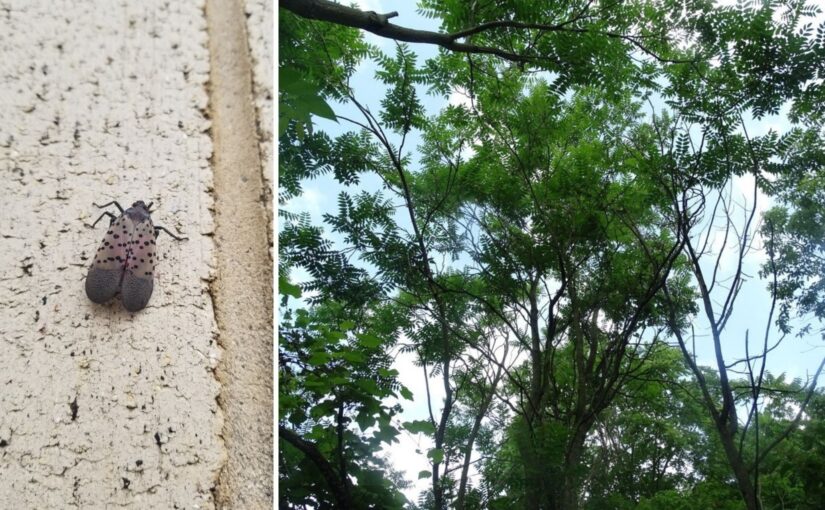A new invasive species threat is closing in on Ontario, and we’re calling on you (yes, you!) to help keep it at bay.
Spotted Lanternfly threatens many of our native tree species, including maples, poplars, pines, and cherries. Grape vines are also susceptible to this pest.
We need our community scientists around the province to report sightings of the Spotted Lanternfly’s partner-in-crime: Tree of Heaven.
What’s Tree of Heaven?
Tree of Heaven is an invasive tree native to China. It was first introduced to North America in 1784 in the Philadelphia area.
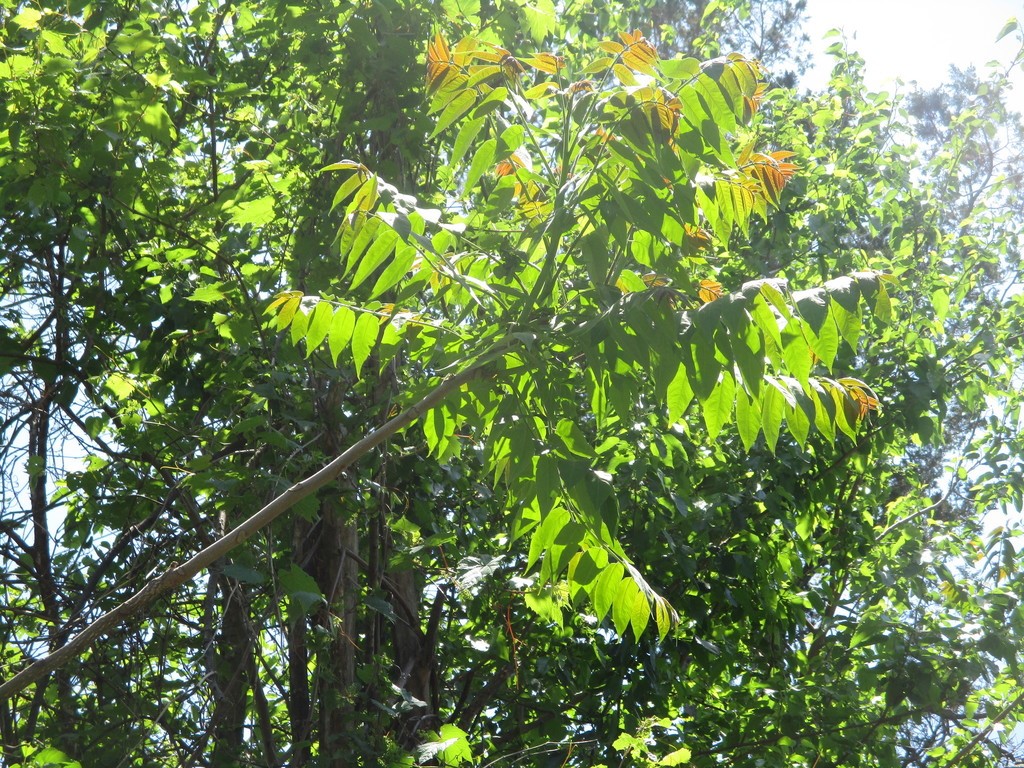
Since the introduction of the species, Tree of Heaven has spread widely, and has become a common invasive tree in urban, forested, and agricultural areas.
It can be found across Canada, and is widespread throughout Ontario.
So if we’re trying to stop Spotted Lanternfly, why worry about Tree of Heaven?
Tree of Heaven is invasive itself, but it’s also the primary host species for Spotted Lanternfly.
The good news? Spotted Lanternfly is not yet known to occur in Canada.
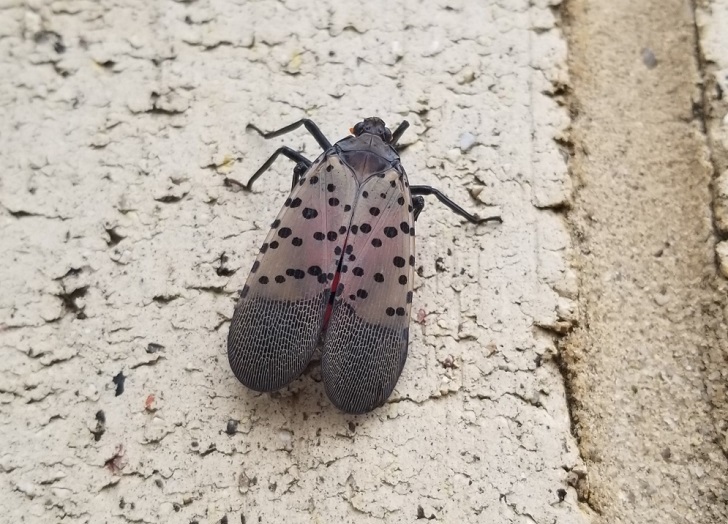
But it has been detected just across the border from Ontario in New York State, and is therefore an imminent threat to Canada.
Spotted Lanternfly species targets over 70 species of plants and trees. It threatens to severely impact Ontario’s viticulture (wine), fruit-tree, and maple industries, which have a combined estimated worth of over $530 billion/year in Canada.
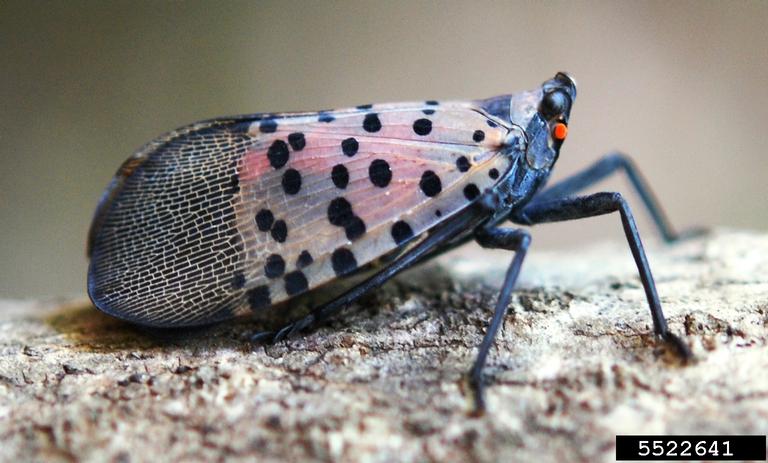
Because Tree of Heaven is Spotted Lanternfly’s primary host, knowing where these trees exist in our communities can help identify areas most at risk to this invasive insect.
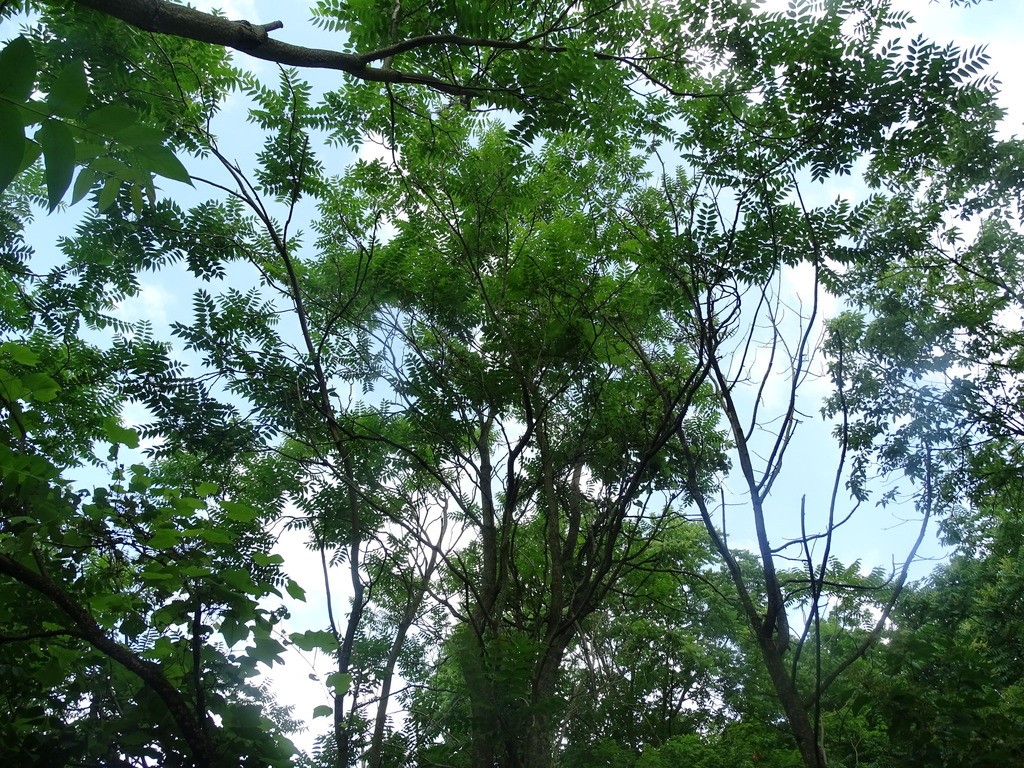
This is a big help with early detection and rapid response, increasing the likelihood of containment and successful eradication — saving Ontario’s economy, natural resources, and protected parks!
We need your help!
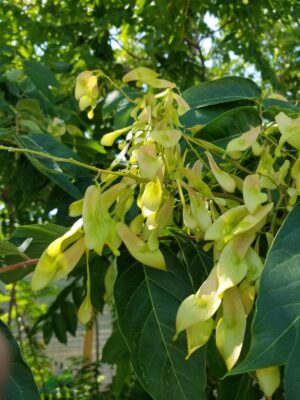
Have you seen a Tree of Heaven?
Snap a photo and upload it to the Early Detection and Distribution Mapping System to report your sighting!
Once submitted, your report will be verified by the expert at EDDMapS Ontario and added to the provincial database.
New to EDDMapS? Check out this quick how-to video:
How to identify Tree of Heaven
Tree of Heaven grows rapidly. It can become very large, and can reach heights of over 21 m tall! It is able to produce suckers from its base, so it often appears to be the size of a small to medium-sized shrub.

It can be found in urban areas, but also along roadways, fencerows, railways, and many other common areas, including provincial parks.
If this is a new species for your ID list, review these pictures so you know what you’re looking for.
Glandular teeth (small lobes) at the base of each leaflet:
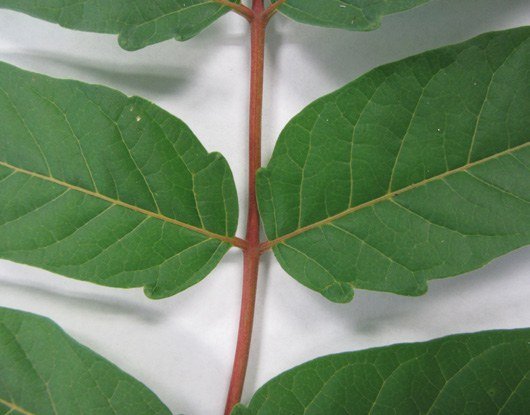
Twigs that have large v-shaped or tear-shaped leaf scars:
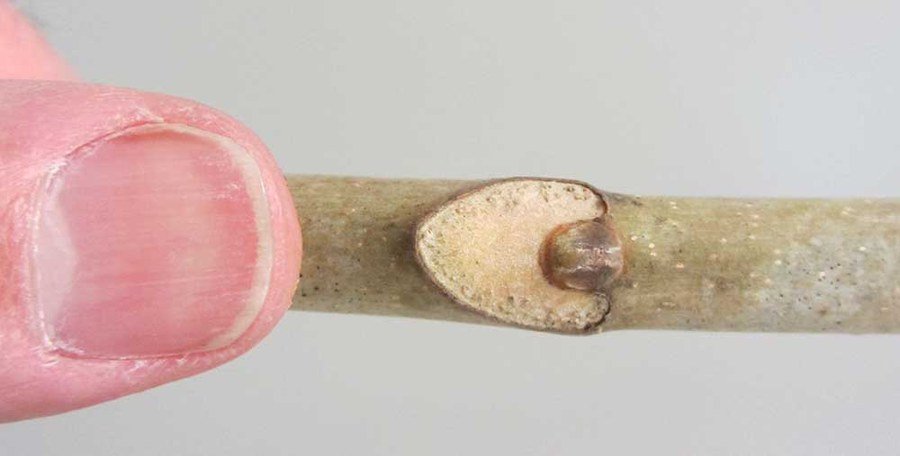
Bark that is brown to grey, closely resembling the skin of a cantaloupe:
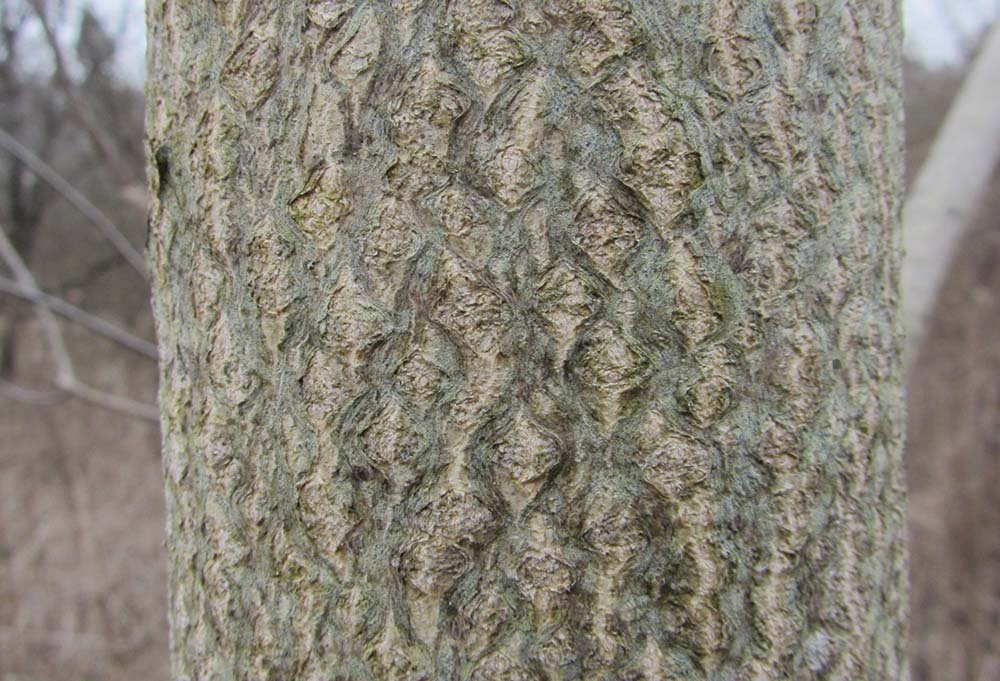
Tree of Heaven is easily confused with native species like Black Walnut and Staghorn Sumac. One key feature to distinguish Tree of Heaven is the smell of burnt peanut butter when the leaves are crushed.
Successfully identified Tree of Heaven in a provincial park (or anywhere else in Ontario)?
Help our scientists and resource management technicians out: report your sighting on EDDMapS.
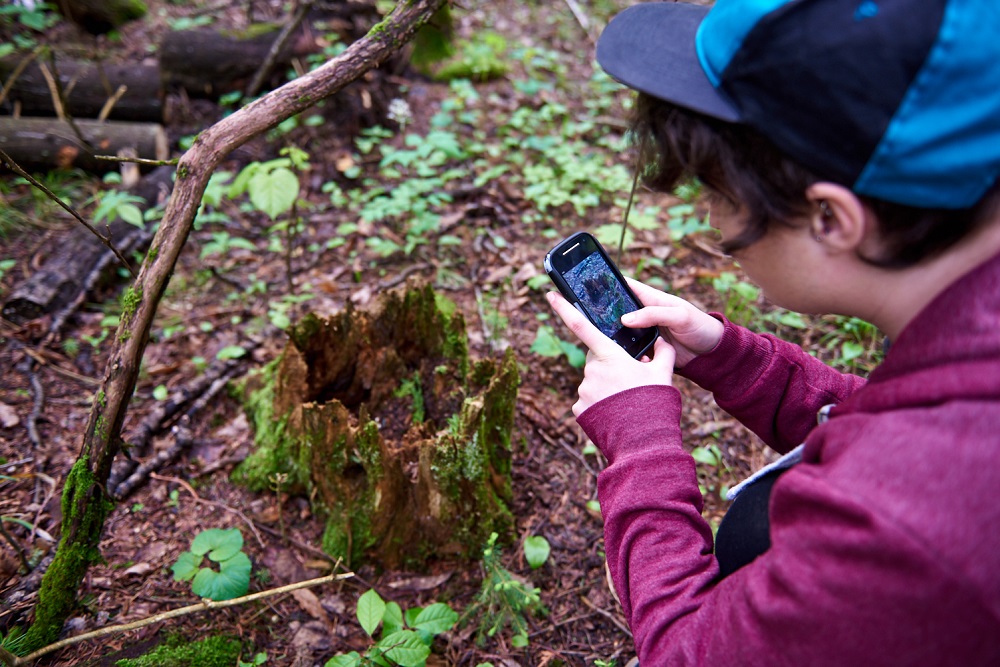
Your community science contributions can provide critical support in keeping our natural spaces safe and protected from invasive species!
Today’s post comes from Lauren Bell of the Invasive Species Centre. Visit the ISC’s website to learn more about these unwanted invaders and how you can help shut them out of Ontario’s parks and protected areas.
